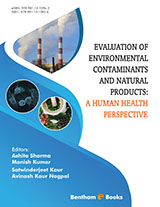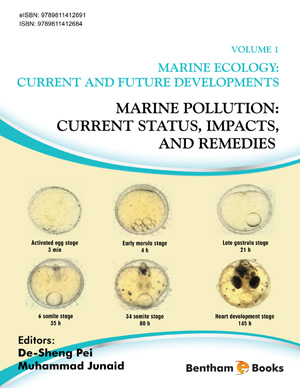Abstract
A theorem by A. N. Kolmogorov is presented which serves as a tool to identify dynamical regimes characterized by stable equilibria and sustained periodic oscillations. A valuable addition to Turing instability was the discovery of ‘ Wave of Chaos’ in 2001 by Petrovskii and Malchow who demonstrated that the phenomenon is common in ecological communities modeled by reaction–diffusion systems. Later authors attempted to incorporate directed animal movement called prey–taxis. The region around a Turing–Hopf bifurcation is vital for the formation of complex spatio– temporal patterns. Patchiness is manifested by spatial heterogeneity. A reaction– diffusion–advection model by Serizava and collaborators help simulate effect of eutrophication on aquatic systems as the nutrient level in the system is increased. A model by Lafferty and Holt clarifies dynamics of infection under environmental stress (toxic chemicals in pollution, malnutrition and thermal stress from climate change). The dynamics is represented by a system of ordinary differential equations. Simulation experiments on this model suggested that host–specific diseases declined with stress while non–specific diseases increased with stress.
Keywords: Predator–prey models, Kolmogorov theorem, Stable limit cycle, Sustained periodic oscillations, Nicholson–Bailey model, Predation and population stability, Wave of chaos, Prey taxis, Complex population dynamics, Heterogeneous environments, Non–turing spatial patterns, Spatio–temporal chaos, Dynamics of exploited vs. unexploited populations, Plankton patchiness, Eutrophication, Marine diseases, Population dynamics, Eutrophication, Dynamics of infection, Environmental stress.









